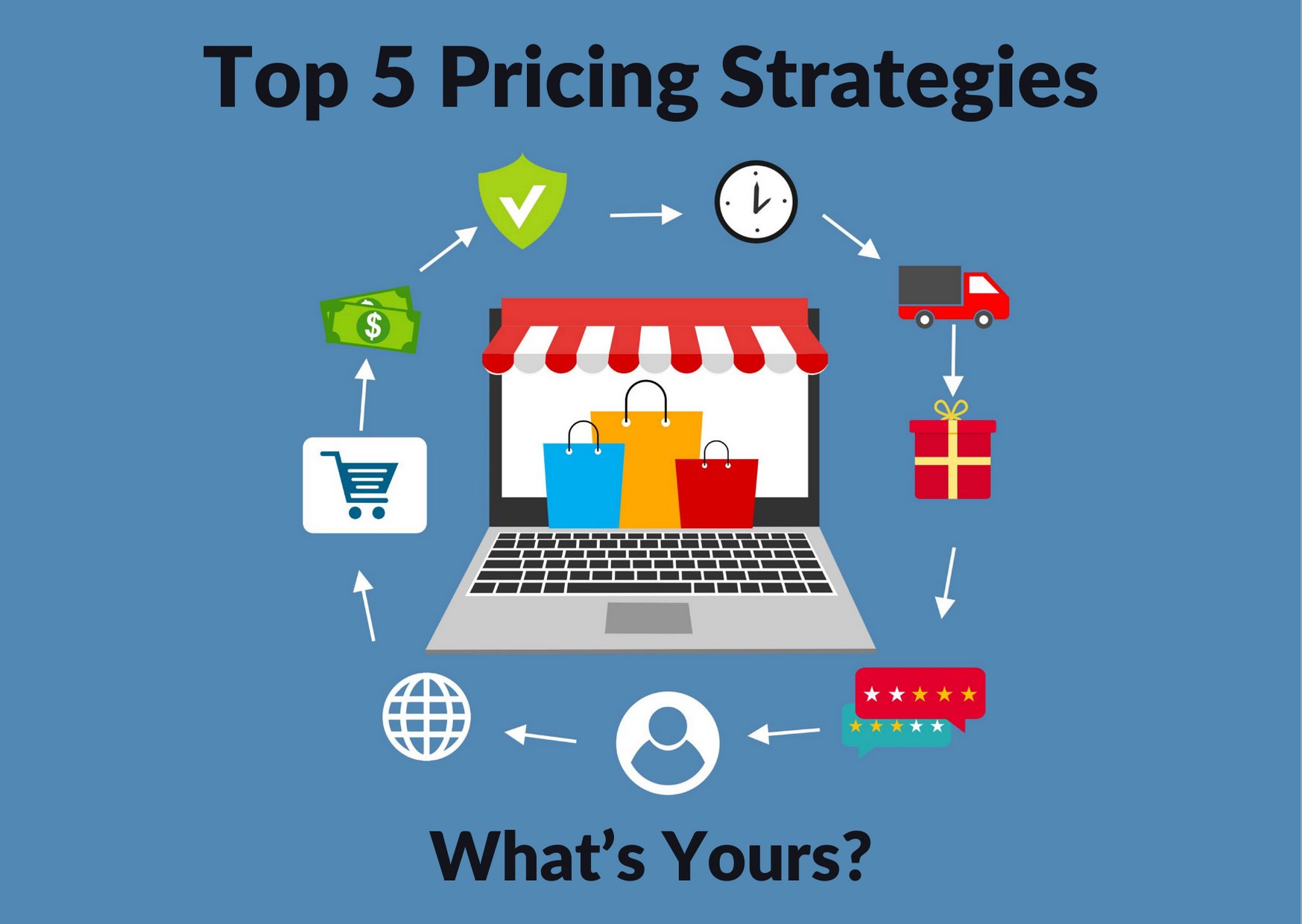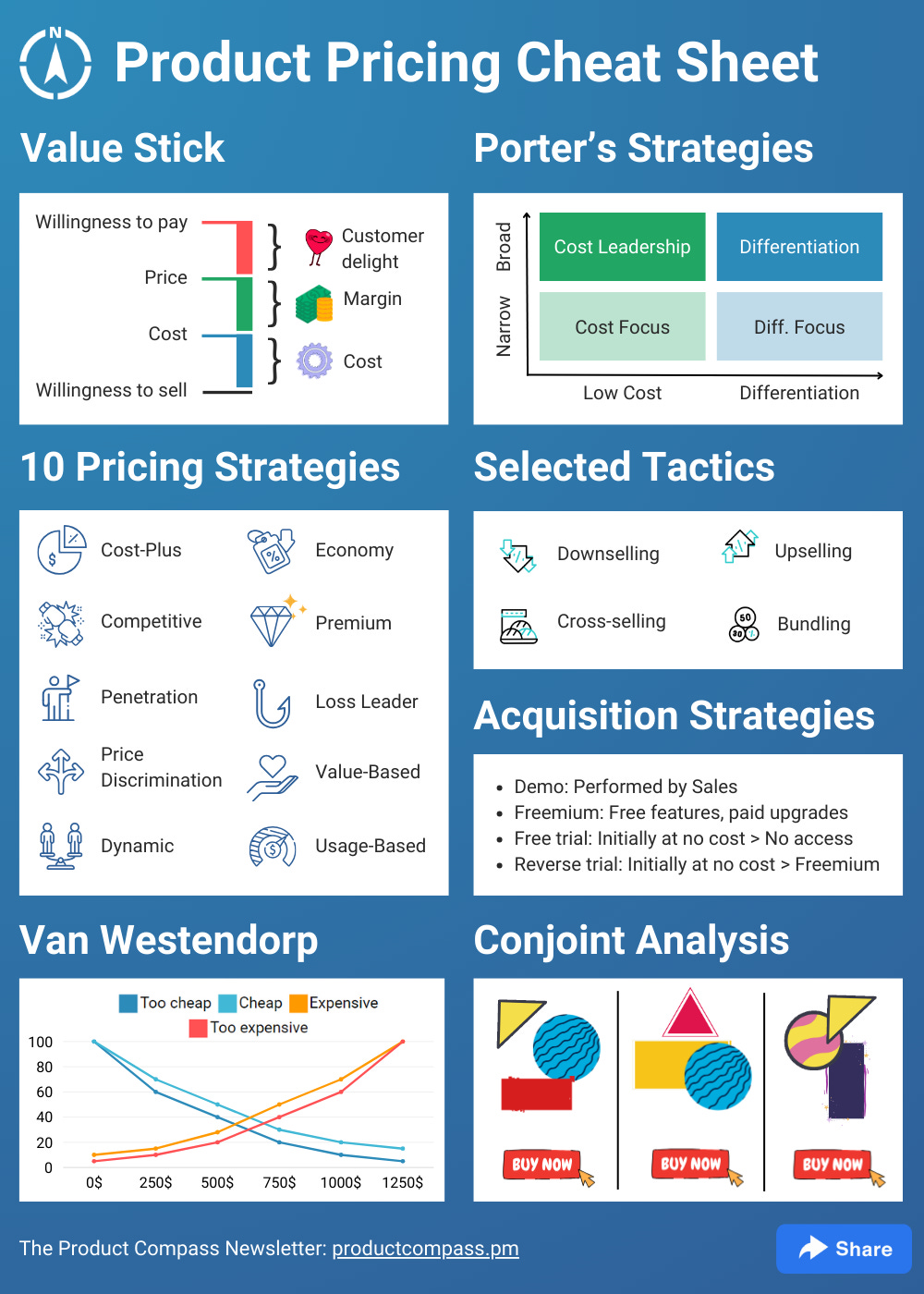
Master Effective Pricing Methods to Make The Most Of Earnings
In the ever-evolving landscape of commerce, grasping effective rates methods is important for services aiming to make best use of profit. A nuanced understanding of rates psychology can dramatically affect customer behavior and acquiring decisions.
Understanding Pricing Psychology
Recognizing pricing psychology is important for organizations intending to optimize their rates strategies. This field examines exactly how consumers regard rates and just how these perceptions affect their buying choices. Secret concepts in prices psychology consist of the anchoring impact, where the initial price offered functions as a referral factor for customers, and the idea of price level of sensitivity, which differs among different client segments.
In addition, businesses can leverage the notion of perceived worth, where the perceived benefits of a services or product can validate a greater cost point. Premium prices can create a mood of exclusivity, bring in customers that connect higher rates with superior quality. On the other hand, psychological pricing, such as establishing a price at $9.99 rather than $10, can significantly impact customer behavior by making rates appear a lot more appealing.
Furthermore, deficiency and urgency can boost the perceived value of products, prompting quicker investing in decisions. Recognizing these emotional triggers enables services to create prices approaches that not only drive sales but additionally foster consumer loyalty. Thus, mastering prices psychology is important for efficient rates strategy formulation, causing improved profitability and market positioning.
Carrying Out Value-Based Rates

Next, segment your consumers based on their readiness to pay and the value they view. By doing so, you can customize offerings and pricing approaches to align with various sections.
Continuously monitor market problems and consumer comments to refine your prices method over time. By implementing value-based pricing, services can improve productivity while fostering long-lasting customer loyalty.
Discovering Dynamic Rates Designs
In today's rapidly changing market landscape, dynamic rates models have arised as an effective strategy for companies seeking to optimize revenue and react to variations sought after. These versions allow companies to readjust their rates in real-time based upon numerous factors such as consumer habits, market trends, and stock degrees. By leveraging information analytics and formulas, organizations can recognize optimum prices factors that maximize sales while continuing to be affordable.
Dynamic rates can take numerous kinds, consisting of time-based pricing, where costs rise and fall based on time of day or season, and demand-based prices, which changes prices according to current consumer demand. This versatility not just enhances success yet also enhances find more consumer complete satisfaction by supplying costs that reflect real-time market problems.
Carrying out vibrant prices calls for a robust technical framework and a deep understanding of customer sectors. It is important for businesses to keep an eye on market signals and consumer feedbacks constantly, making sure that pricing methods align with wider service purposes. Transparent communication regarding pricing modifications can aid minimize customer dissatisfaction and foster depend on, eventually leading to sustained profitability in an affordable marketplace. Accepting dynamic pricing can therefore be a transformative strategy in the pursuit for making the most of profits.
Analyzing Rival Prices
Checking rival pricing is essential for companies intending to maintain an one-upmanship in their respective markets. By evaluating rivals' rates strategies, companies can determine market patterns, understand customer preferences, and adjust their rates accordingly. This evaluation involves event information on competitors' rates, promotional approaches, and product offerings to notify pricing decisions.
To properly assess rival rates, organizations must make use of different tools and strategies, such as price monitoring software program, marketing research reports, and customer feedback. This information can disclose just how rivals place their solutions and products, permitting services to separate their offerings or embrace comparable approaches to stay relevant.
In addition, it is critical to categorize competitors right into straight and indirect competitors. Direct competitors supply comparable products or services, while indirect competitors may fulfill the very same customer demand with various options. Comprehending the nuances between these informative post groups will certainly make it possible for companies to tailor their pricing methods a lot more effectively.
Inevitably, ongoing rival prices analysis is vital for making informed prices choices. It permits organizations to stay agile in action to market shifts, guaranteeing they can confiscate chances and minimize dangers related to prices techniques.
Evaluating Rates Performance
Recognizing how rival rates affects market dynamics results in an all-natural emphasis on reviewing pricing efficiency within one's own company. This evaluation is important for identifying areas of toughness and opportunities for renovation, ultimately boosting earnings.

Additionally, performing routine pricing audits can reveal disparities in between anticipated and actual efficiency. This includes contrasting pricing information across different sections and networks to comprehend variances and determine patterns. Incorporating client comments can give understandings into viewed value versus real prices, guaranteeing alignment with market expectations.
Last but not least, leveraging data analytics tools can help with deeper understandings right into rates efficiency, making it possible for businesses to make site data-driven changes (Pricing Strategy). By consistently examining rates efficiency, companies can adjust to market adjustments and optimize their techniques, ensuring continual profitability in an affordable landscape
Verdict
By leveraging pricing psychology, organizations can improve regarded value and dressmaker rates to diverse consumer sections. The adoption of value-based and dynamic rates designs helps with real-time changes based on need and consumer readiness to pay.
Comprehending rates psychology is crucial for companies intending to enhance their rates strategies. Comprehending these psychological triggers makes it possible for organizations to create pricing methods that not only drive sales however likewise foster consumer commitment. Thus, grasping rates psychology is crucial for efficient rates technique formulation, leading to enhanced success and market positioning.
By examining rivals' prices approaches, companies can identify market patterns, understand customer choices, and adjust their prices accordingly. By leveraging prices psychology, businesses can improve perceived value and tailor rates to diverse client sections.